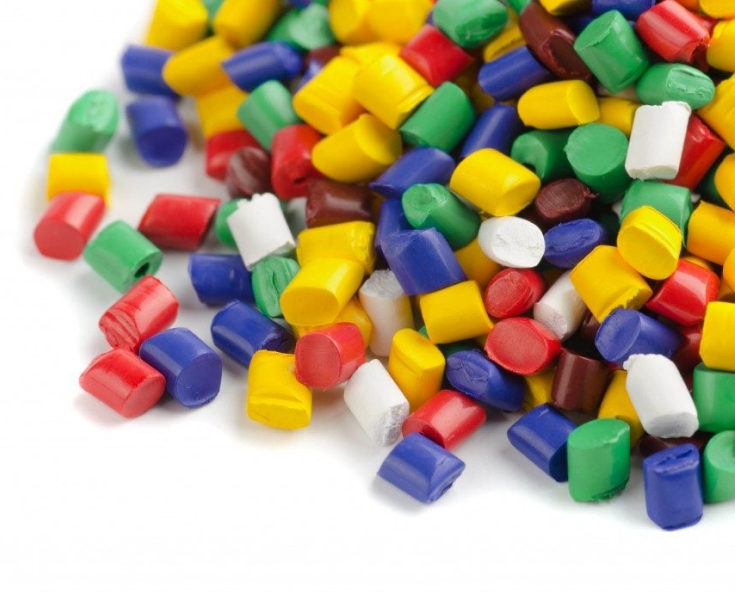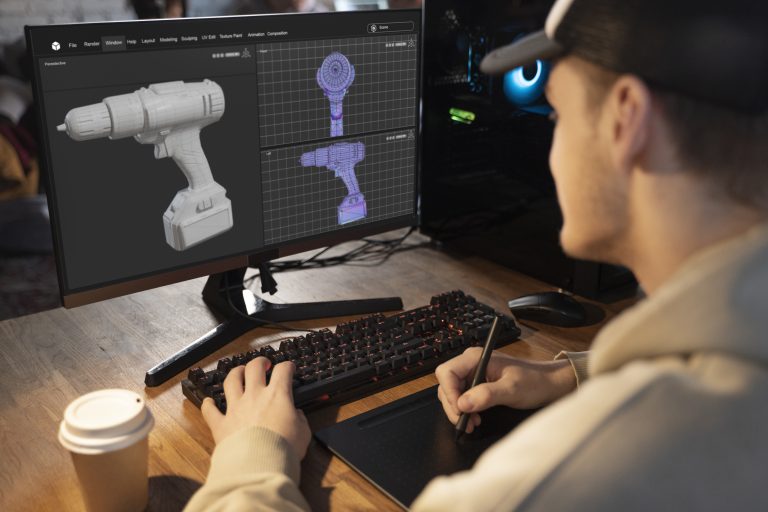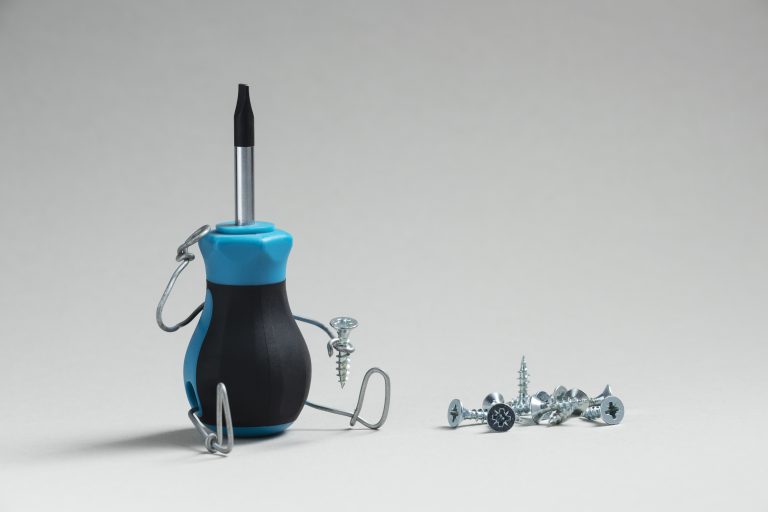Injection moulding is a common method of manufacturing thermoplastic. Material selection is difficult while there are lots of common plastics we can use as Injection moulding plastic. Thermoplastic is a material that is usually a plastic polymer. This means once it’s melted, it can be reused by remelting, reshaping, and refreezing.
There is a wide range of plastic injection moulding materials, all serving different purposes.
Injection Moulding Materials: Choosing the right material
Acrylonitrile Butadiene Styrene (ABS)
ABS stands for Acrylonitrile butadiene styrene. This is a typical thermoplastic type of injection moulding materials that’s in pipes, automotive body parts as well as keyboards.
Along with its good properties ,ABS has many benefits, for example, having high impact resistance makes it hard to break due to the material being sturdy whilst being lightweight. It also can withstand heat and reach high temperatures.
However, one impact is that it can scratched easily which makes it very delicate when used. Furthermore, it can be very damaging to the environment since it’s made out of oil and in production creates hot plastic fumes.
Nylon
Nylon, also known as polymer fabric is one of the most versatile injection moulding materials due to its different nature. It is used for various apparel along with car tires, fishnet, and electrical applications like insulators.
With Nylon, it has many advantages as an injection moulding material. One is that it has good abrasion resistance making it last longing and elastic in nature. On the other hand, the disadvantages are that the material tends to easily melt. Which makes it hard to make use of the material in liquid state. It also absorbs water from the moisture in the air or directly.
High-Density Polyethylene (HDPE)
High-density polyethylene is injection moulding materials which is a resilient, solid plastic thermoplastic mainly in plastic bottles, shampoo bottles, toys, recycling bins as well as flower pots. The main advantage of using HDPE is that it’s affordable whilst also having stiff material with high strength.
Whereas, the disadvantages are that HDPE is highly flammable and it’s not biodegradable making it hard to get rid of. In addition to this, high-density polyethylene can not be composed and has poor weathering.
Low-Density Polyethylene (LDPE)
In comparison to HDPE, Low-density polyethylene is a much softer and more flexible material. Low-density polyethylene is used as injection moulding materials to create bottles, plastic bags and plastic wraps as well as playground slides. The benefits of using this material are its moisture and chemical resistance. Plus, it has low cost and is food-grade,so it’s safe to use for food content.
Moreover, the disadvantage of low density is that it can be flammable and has poor temperature capability making it dangerous near a fire. In addition to this, it can also be difficult to bond and has poor weathering resistance.
Polycarbonate (PC)
Polycarbonate is a strong hard injection moulding materials used in engineering and tends to be transparent. The material PC is in compact discs, safety hamlets, bulletproof glass and other electrical and telecommunication hardware.
The advantages is that it is nearly unbearable as its bullet resistance and is high quality. It also protects against discolouring however, after a long time of UV light exposure it can turn yellow. Additionally, it can be sensitive to scratching.
Polyoxymethylene (POM)
POM is plastic injection moulding materials which is also identified as acetal, this is a hard tough material. Acetal can be used to produce automotive parts . Other usage of acetal is zippers, fan wheels, door handles or lock systems and including insulin pens. The advantages are it has a high gloss surface and is resistant to organic solvent and chemicals except for phenols.
The disadvantages are that it is difficult to bond, has poor resistance to acid and it is vulnerable to UV.
Acrylic Poly (Methyl Methacrylate) (PMMA)
Among these listed injection moulding materials ,Acrylic comes in a lightweight sheet; it is common as an alternative to glass. There is a large range of products that PMMA uses, for example, windows, lenses for glasses and rear lights for vehicles. The advantages of acrylic is that it can stand against weathering and has high gloss and good abrasion resistance. Having said that, the disadvantages are, it is limited to heat resistance and can crack under a load of pressure.
Thermoplastic Polyurethane (TPU)
TPU has many different properties such as elasticity, transparency and resistances. Its traits are its soft and hard segments. The main use for this type of plastic is cases for mobile phones as well as keyboard protectors and footwear.
The advantage is that polyurethane has outstanding toughness and flexibility and is resistant to impacts such as tears whilst also being resistant to grease and oil. This makes it good dimensional stability due to its minimal responses to tears over time.However, the disadvantages is that, it is not cost-effective in comparison to other alternatives. It aslo has short shelf life.
Thermoplastic Rubber (TPR)
Thermoplastic rubber, in other words elastomer, is another injection moulding material. It contains a mix of plastic parts and rubber. Used for automotive parts such as wires and cable insulation and other applications as a home appliance. The advantages are the ability to stretch and come back to its normal shape.
It is also environmentally friendly due to not containing non-toxic recyclable plastics, reducing the environmental footprint. Moreover, the disadvantages are it can be quite costly to get this material. Even though the material can go to high temperature, it would mean that it can lose its rubbery property.
Polypropylene (PP)
Finally, one of the last injection moulding materials we are looking at is Polypropylene, otherwise known as polypropene. Polypropene is a thermoplastic polymer that is used in many various applications and it also holds largest revenue share of 34.2% in 2020 . It’s mostly common in the food storage and packing industry because of the fact that it does not mix chemicals with food products. Other benefits of this material are its high impact strength and good moisture resistance.
Whereas, the disadvantages are that it can get degraded by UV, losing 70% of its strength by the sun. In addition to this, it can be flammable due to the chemical containing.
Below is a list of properties of injection moulding materials for you to look at!
Properties of Injection Moulding Materials
| Moulding Materials | Max Temp | Chemical resistance | Tensile strength | Flexural strength | Impact strength |
|---|---|---|---|---|---|
| Acrylonitrile Butadiene Styrene (ABS) | 60 – 93℃ | Poor to fair | 6,600 psi | 270,000 – 380,000 psi | 3.0 – 7.5 ft-lb/in |
| Nylon | 93 – 177℃ | Good to excellent | 6,000 – 24,000 psi | 390,000 – 1,100,000 psi | 2 – 8 ft-lb/in |
| High density Polyethylene (HDPE) | 120℃ | Good to excellent | 3,200 – 4,500 psi | 145,000 – 225,000 psi | 0.4 – 4 ft-lb/in |
| Low density Polyethylene (LDPE) | 65 – 90℃ | Good to excellent | 1,200 – 4,000 psi | 35,000 – 48,000 psi | Not breakable ft-lb/ in |
| Polycarbonate (PC) | 288 – 316℃ | Poor to fail | 8,500 psi | 13,500 psi | 2 – 18 ft-lb/in |
| Polyoxymethylene (POM) | 180 – 230℃ | Excellent | 6,000 – 22,000 psi | 120,000 – 170,000 psi | 0.8 – 2 ft-lb/in |
| Acrylic (PMMA) | 130℃ | Excellent | 2,800 – 10,900 psi | 13,000 psi | 0.22 – 1.1 ft-lb/in |
| Thermoplastic Polyurethane (TPU) | 71-121℃ | Fair to good | 6,960 – 12,000 psi | 0.8 – 10.1 ft-lb/in | |
| Thermoplastic Rubber (TPR) | 170℃ | Fair to good | 1,000 – 7,000 psi | 5,000 – 800,000 psi | 2.5 – no break ft-lb/in |
| Polypropylene (PP) | 65 – 148℃ | Excellent | 4,500 – 18,500 psi | 210,000 – 1,500,000 psi | 1.4 – 5.5 ft-lb/in |





